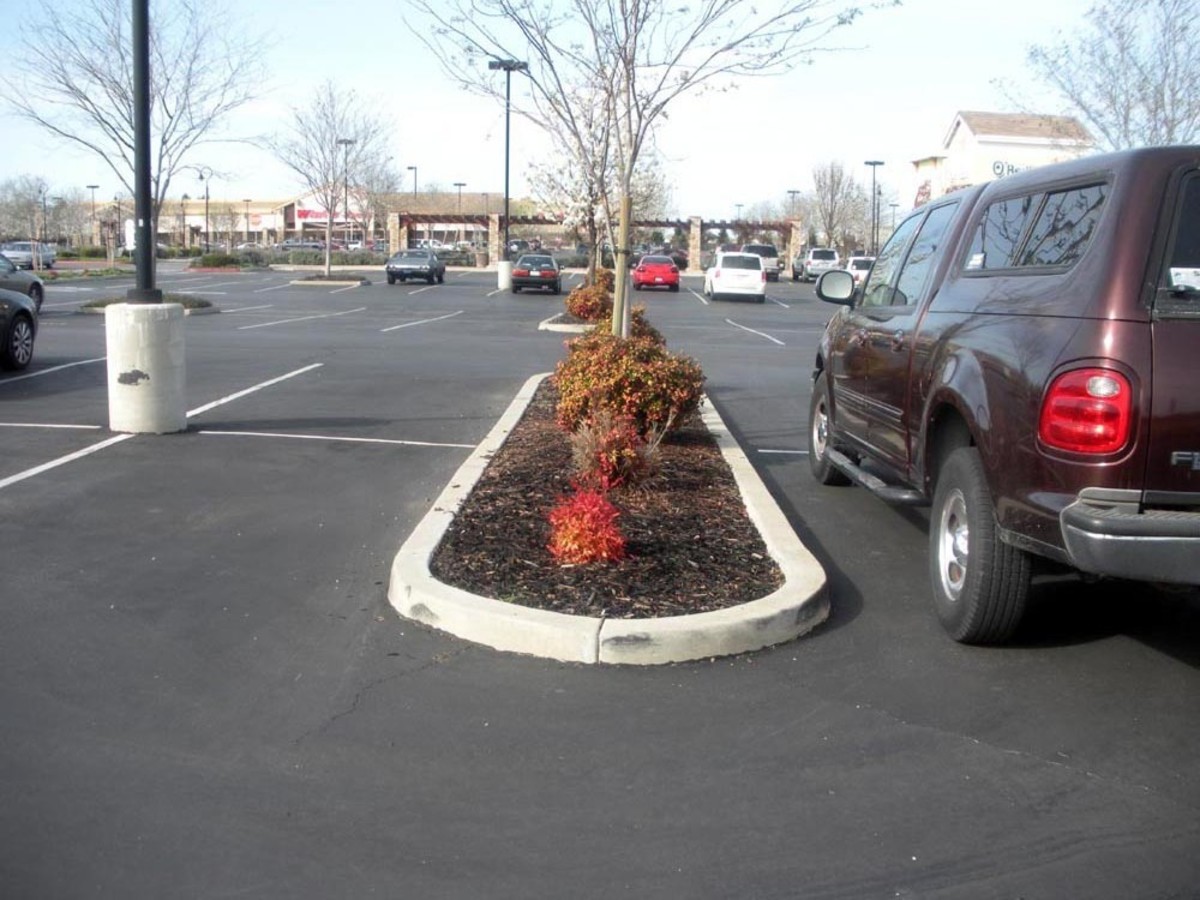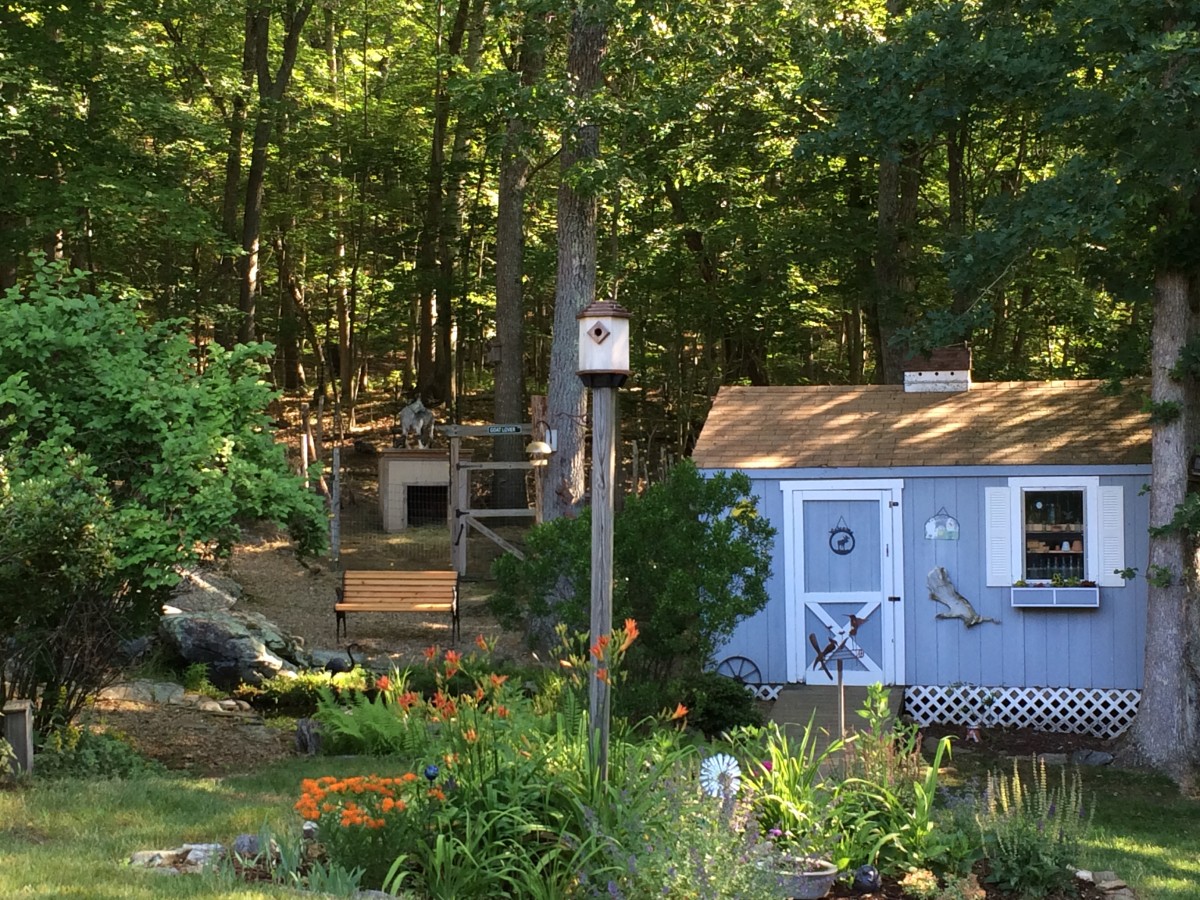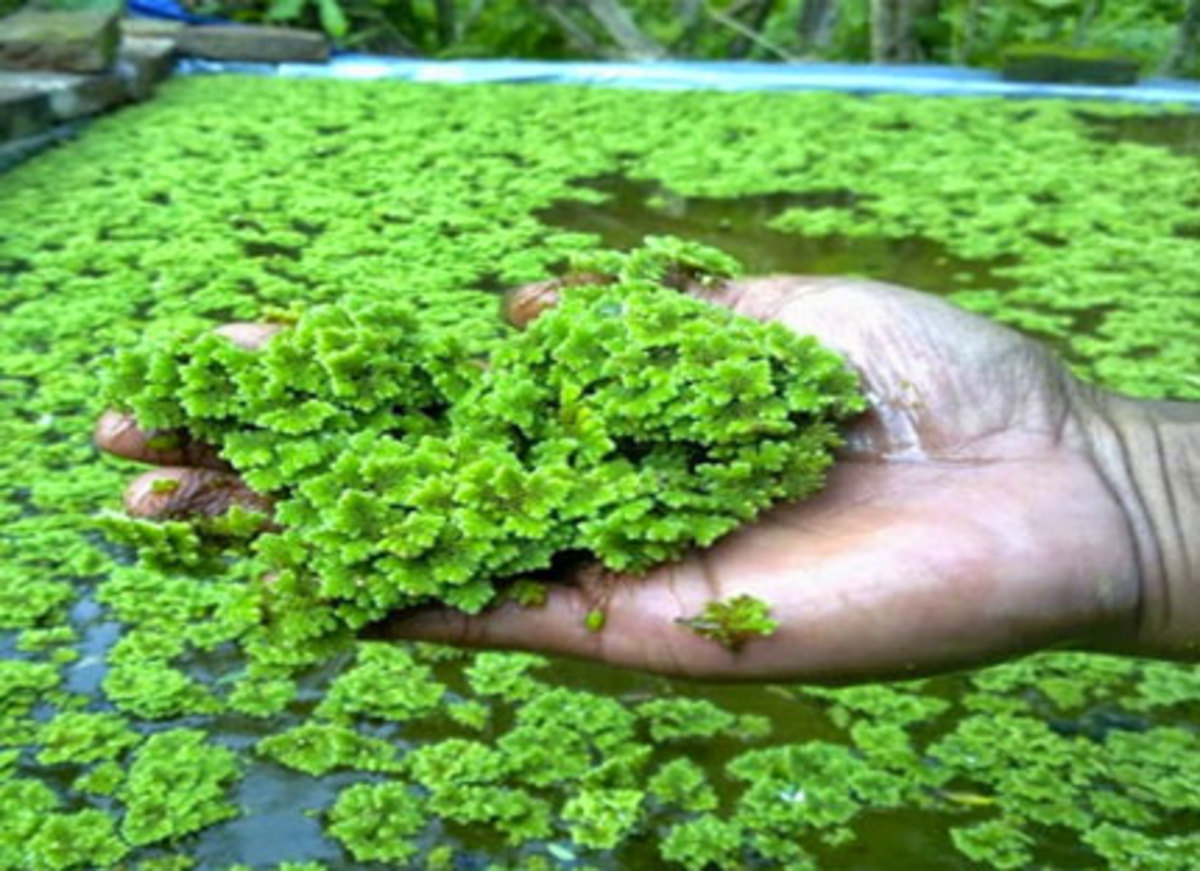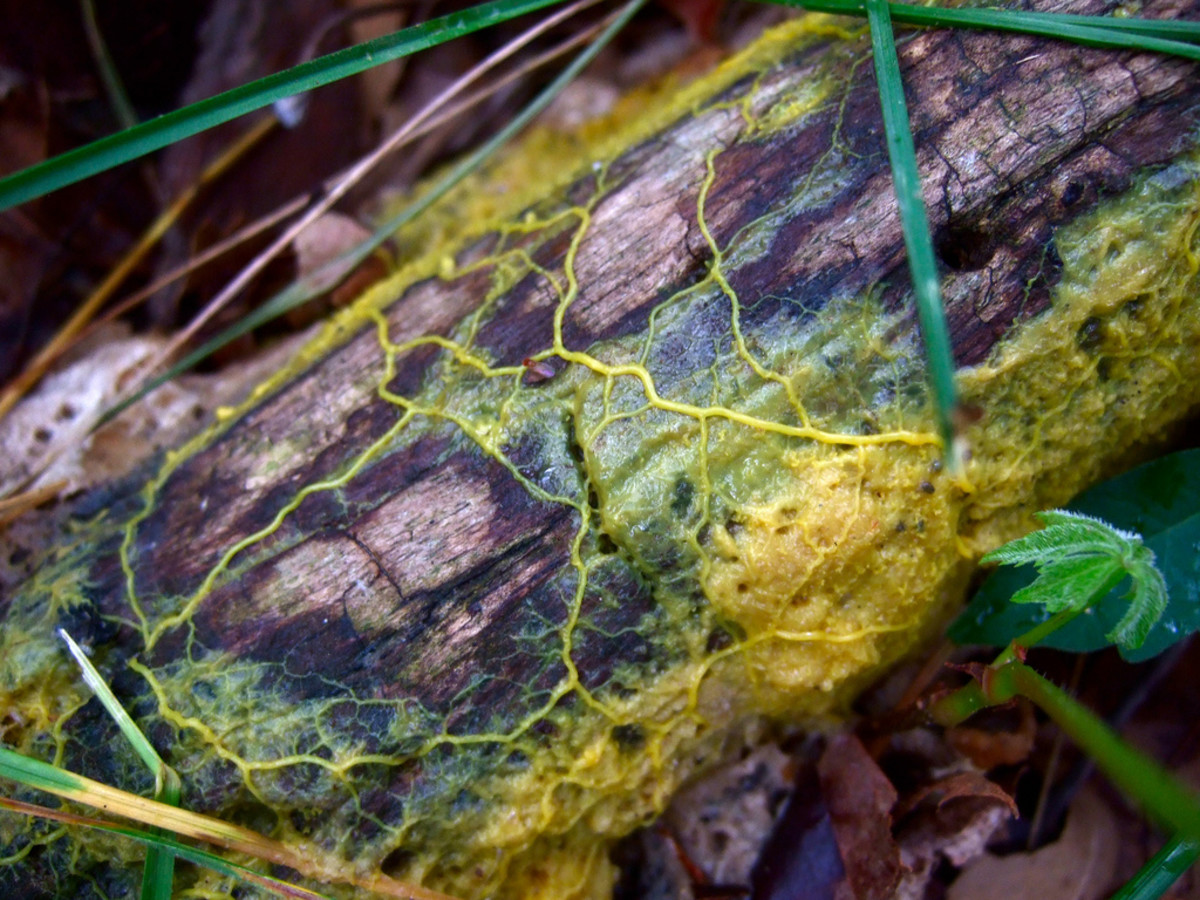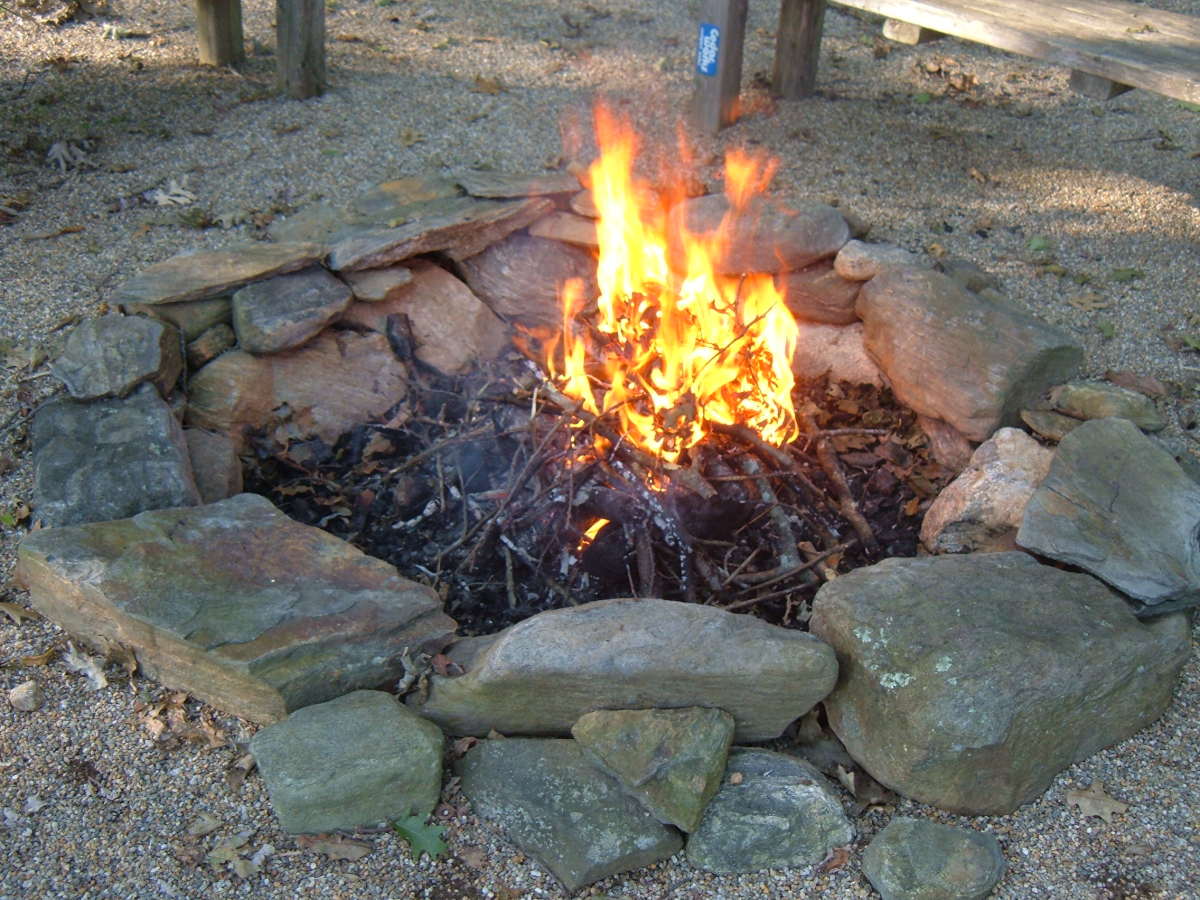Defensible Space Landscaping: How To Design a Fire Resistant Landscape
In many parts of the Western United States, periodic small wildfires are natural parts of a healthy ecosystem. Unfortunately, as more and more people move into areas where wildfires are common, allowing wildfires to start or spread becomes an unacceptable risk to people's lives and properties.
Defensible space landscaping seeks to reduce the likelihood of wildfires starting and reduce the damage to homes and other properties if they do start, while at the same time offering a beautiful and diverse landscape for humans and wildlife to enjoy.
When defensible space landscaping is combined with fire resistant construction techniques, it can significantly reduce the damage to your home and property should a wildfire spread to your neighborhood.
Choosing Fire Resistant Plants
One of the most important characteristics of fire resistant plants is that they are drought resistant.
Wildfires tend to be more frequent and harder to control
during droughts, largely because dried out vegetation creates a tinder
box of highly flammable material that allows fires to spread quickly.
Drought resistant plants will stay lush and green longer and with less
water or irrigation (which is likely to be restricted during a drought
anyway) than plants that are not drought resistant, making it harder for
fires to start or to maintain themselves if they do start.
However,
just because a plant is drought resistant does not also mean it is fire
resistant. Some extremely drought resistant native conifers require
fire for their seeds to sprout and therefore have evolved to encourage
wildfires to start. These trees may recover quickly from wildfires, but
any homes or buildings they are planted near might not be so lucky.
In
general, you should avoid planting the following types of plants near
homes or buildings in fire-prone areas:
- conifers with needle-shaped leaves, such as pine, spruce, and fir
- plants with high levels of fats or oils, including many plants with waxy leaves, plants with sticky or gummy sap, and plants with strong aromas
- plants with dense foliage, thorns, or multiple stems that tend to "collect" fallen leaves, needles, fallen branches, seedpods, and other debris from themselves and their surroundings
Better choices for fire resistant plants
include:
- slow growing deciduous trees and shrubs
- trees and shrubs with thick bark
- succulents and other plants with fleshy, watery leaves or stems
- plants with open, airy branching habits and thin foliage
- plants with thin, odorless sap
- plants with deep root systems or taproots

Landscaping for Fire Resistance
These tips can help you design a landscape
that will reduce the risk of damage to your home from wildfires:
Create
open space.
Wide areas of low growing plants or structures should surround your home for at least 30 feet in all directions. This will create a barrier that will be difficult for fires to cross. These open spaces do not need to be sterile or ugly. Good plant choices include fire resistant turf grasses such as buffalograss and beds of low growing groundcovers and perennials such as vinca, sedum, daylily, thyme, and snow-in-summer. Man-made patios, driveways, decks and other structures made of non-flammable materials such as stone, pavement, or gravel can also be sited to maximize protection against spreading wildfires.
Avoid mass plantings. In many regions, mass plantings are popular because they are so beautiful and low maintenance. In regions where wildfires are a threat, however, they are a dangerous landscaping choice. Mass plantings can allow a relatively easy-to-control ground fire to climb from the ground to the understory (shrubs) and then to the crowns of nearby trees. A crown fire is the most dangerous and unpredictable type of wildfire. In particular, avoid tall, dense plantings under trees. Instead of mass plantings, plant in small clusters or islands.
Keep a tidy garden.
In many regions, a little untidiness in the garden is a
good thing, because it provides safe habitats for beneficial insects and
other wildlife. In wildfire-prone regions, however, it can be life
threatening. In areas where wildfire is a threat, be careful to rake
leaves and pine needles, prune or collect dead branches and stems, trim
the bottom branches of conifers several feet off the ground, and take
other steps to reduce dry, combustible materials in your garden,
especially during times of drought.
Conserve water.
Keeping your
plants as green and lush as possible, even during droughts, is important
in fire prone areas. Choose drought resistant plants that require
little or no water to survive and mulch them lightly to keep the soil
moist longer. Consider installing a drip irrigation system near your
house to keep these vital areas moister. Also consider installing a
rainwater collection system or greywater lagoon. Not only do these help
keep your plants well watered even during periods of drought, they can
also be used to fight fires should one start in the area. Many
homeowners in fire-prone regions install swimming pools or "fire ponds"
for the same reason.
Use walls and hedges wisely.
We've already discussed how patios and driveways can be used to help break a spreading fire. Walls and hedges can be used in the same way. Place walls and hedges of fire resistant shrubs strategically around the edges of your open areas to break the prevailing winds. This will help keep plants downwind from drying out as quickly in summer and under drought conditions, and also slow the spread of fire up or downslope should one strike, by directing the heat vertically instead of laterally.


